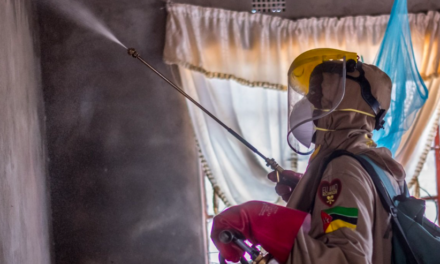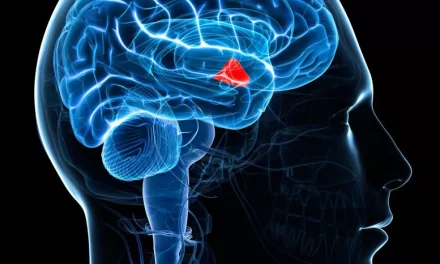In a significant stride toward combating the deadly effects of snakebites, researchers have developed a groundbreaking test capable of rapidly detecting specific snake venom in biological samples. The study, led by biotechnologist Cecilie Knudsen and her colleagues at VenomAid Diagnostics, introduces a promising diagnostic tool that could revolutionize snakebite treatment and save countless lives.
Published in Scientific Reports, the research showcases the successful application of a novel test designed to identify snake venom presence in urine samples. Unlike traditional tests, which rely on symptoms to diagnose snakebites, this innovative approach offers a swift and accurate means of confirming venom exposure, facilitating prompt medical intervention.
Knudsen, along with her team, utilized virtual reality technology to monitor the test’s performance, observing the appearance of distinct lines on the test strip within 15 minutes of application. This quick and reliable detection method promises to expedite treatment initiation, crucial for mitigating the severe consequences of snakebites.
Snakebites pose a significant global health threat, with an estimated 100,000 fatalities annually and countless more enduring debilitating injuries. Current diagnostic methods are limited, often relying on clinical symptoms that may delay treatment initiation. However, the new test offers a potential solution, enabling healthcare professionals to swiftly administer life-saving antivenom therapy.
One of the key advantages of the new test is its versatility in detecting venom from various snake species. By harnessing specific antibodies, researchers can tailor the test to identify venom from different snake genera, ensuring targeted treatment based on the species responsible for the bite.
Despite the promising prospects of this groundbreaking technology, several challenges remain, including clinical validation, regulatory approval, and manufacturing scalability. Additionally, funding constraints pose a significant barrier to the widespread adoption of these tests, particularly in lower-income countries most affected by snakebite-related fatalities.
However, researchers remain optimistic about the future prospects of their diagnostic innovation. With continued efforts and support from global health organizations and philanthropic initiatives, the development and deployment of these tests could soon become a reality, potentially transforming the landscape of snakebite management worldwide.
Ultimately, the introduction of rapid snake venom detection tests represents a critical advancement in global health, offering hope for more effective and timely interventions in the face of this pervasive public health challenge.












